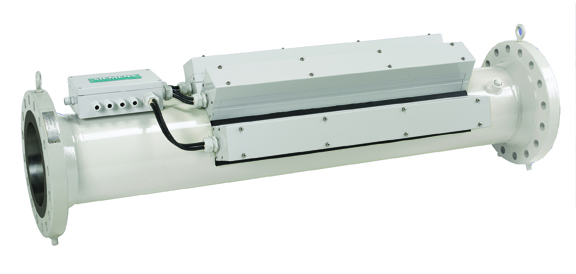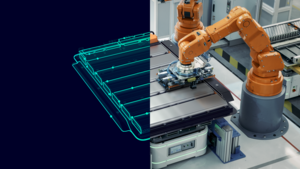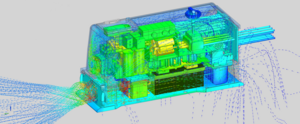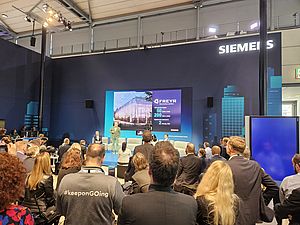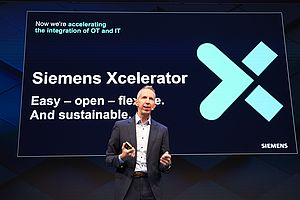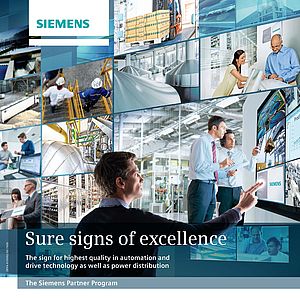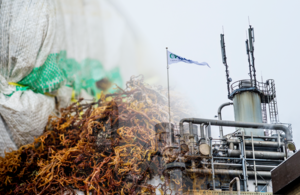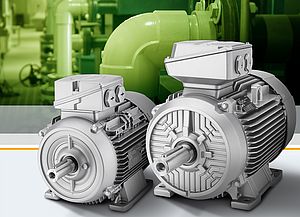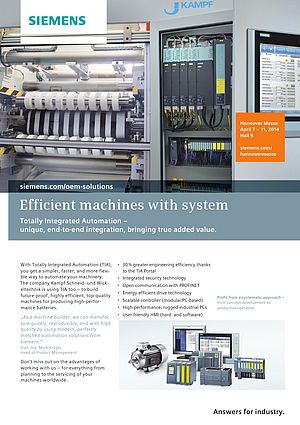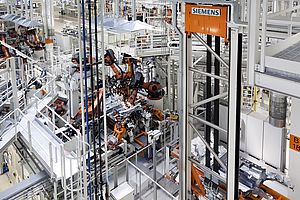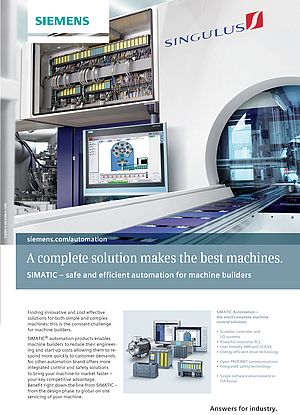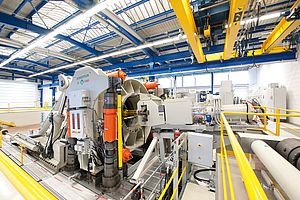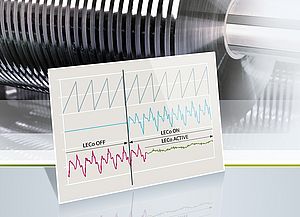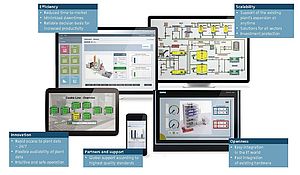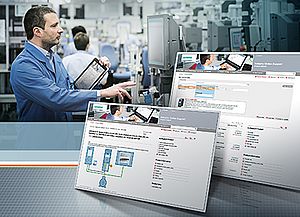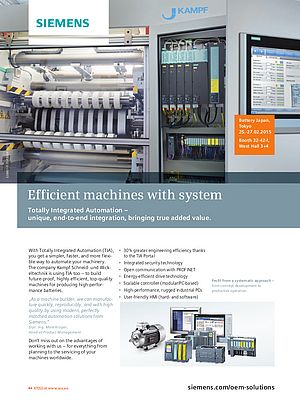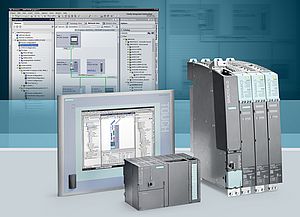If you've ever used strong chemicals to clean your house, you probably know exactly how to recognize the presence of ammonia: by its distinctively sharp smell. And ammonia, a compound of nitrogen and hydrogen, is as versatile as it is pungent. In its natural form, ammonia is a colorless gas that serves as a major source of nitrogen for living creatures; and with a bit of chemistry it can also take the form of a liquid or solid. Ever-adaptable ammonia plays a role in the manufacture of plastics, fibers, explosives, dyes, pharmaceuticals and refrigerants in addition to commercial cleaning products. But by far the most common use for ammonia is as agricultural fertilizer, with more than 80 percent of the ammonia produced worldwide being used to ensure healthy crop growth.
Russia is the third largest producer of ammonia globally, ranking behind only China and India, and ahead of the United States. One particular ammonia-based fertilizer plant in Russia yields nearly 1.1 million tons of solid ammonium nitrate every year, accounting for 31percent of the country's annual output - and this productivity starts with low-maintenance ultrasonic flow technology.
Too much cleaning, too little flexibility
The Russian plant produces ammonia by deriving hydrogen from a natural gas feedstock, which it receives from a supplier through a 20-inch (DN500) carbon steel pipeline with a line pressure of 40 bar, a temperature of 10 °C (50 °F) and an average flow rate of 200,000 m3/h (7,062,933 ft3/h). Next, the hydrogen is catalytically combined with nitrogen to form liquid ammonia, which is then further processed to create ammonium nitrate for use as fertilizer.
The facility must measure the flow of natural gas through the pipeline after receiving it from the supplier, both to ensure they are receiving the agreed-upon amount of gas and to optimize the overall production process. Until recently, they had been relying on two orifice plates for these measurements. But because the plates were in regular contact with the flowing medium, they required periodic cleaning. The turndown ratio was also quite low, limiting the range of flow rates that could be monitored accurately.
Taking these factors into account, the plant operators knew it was time to replace the orifice plates with a different, higher-performing flow technology. The new meters would need to fulfill several criteria, including significantly less maintenance and a wide turndown ratio. Given that major financial transactions were based directly on the recorded gas flow measurements, it was also very important that the chosen technology meet the application's strict flow rate accuracy requirement of ≤0.7 percent.
Across-the-board savings
The facility first considered one supplier's inline ultrasonic flowmeter due to its high rate of accuracy. However, upon realizing that inline flowmeters require sensor cleaning in order to function optimally, they decided to examine other options. That's when they learned about the Sitrans FUT1010 from Siemens.
The Sitrans FUT1010 ultrasonic flowmeter for gas and liquid hydrocarbon applications features the unique TransLoc system, which mounts the clamp-on transducers permanently to the outside of the meter body and away from the medium. Because of this external configuration, the transducers never become contaminated or worn down - rendering the meter virtually maintenance-free. At the same time, the meter is wet calibrated by a third-party laboratory to perform with very high accuracy of ≤0.2 percent, comparable to an inline ultrasonic meter.
The plant ultimately decided to order a four-path Sitrans FUT1010 for installation on their natural gas pipeline. They very quickly observed a number of benefits:
· Improved accuracy and profitability. Almost immediately after the meter was put into operation, they discovered a one percent difference in the flow rate calculated by the Sitrans FUT1010 as compared to that of the gas supplier's orifice plate. These higher-accuracy measurements have translated into several thousand dollars in savings per day.
· Reduced maintenance and downtime. Because the transducers are clamped to the outside of the pipe and there are no moving parts, very little time is spent cleaning or performing other maintenance work on the meter - a marked improvement over the orifice plates.
· No pressure drop or energy loss. The meter's whole-bore configuration prevents pressure drop, thus reducing the amount of electricity needed to pump gas through the pipeline and the amount of energy lost in decreasing line pressure - amounting to even greater cost savings.
· Enhanced rangeability. With its very high turndown ratio, the meter performs consistently well despite varying rates of natural gas flow.
The Sitrans FUT1010 has now been incorporated into the facility's natural gas pipeline for some time and they continue to be pleased with its performance. They plan to purchase a second meter in the near future to further optimize the manufacture of ammonia-based fertilizer and boost their bottom line.


